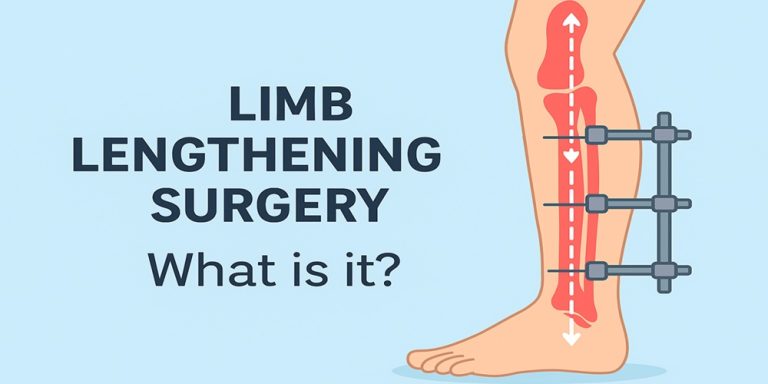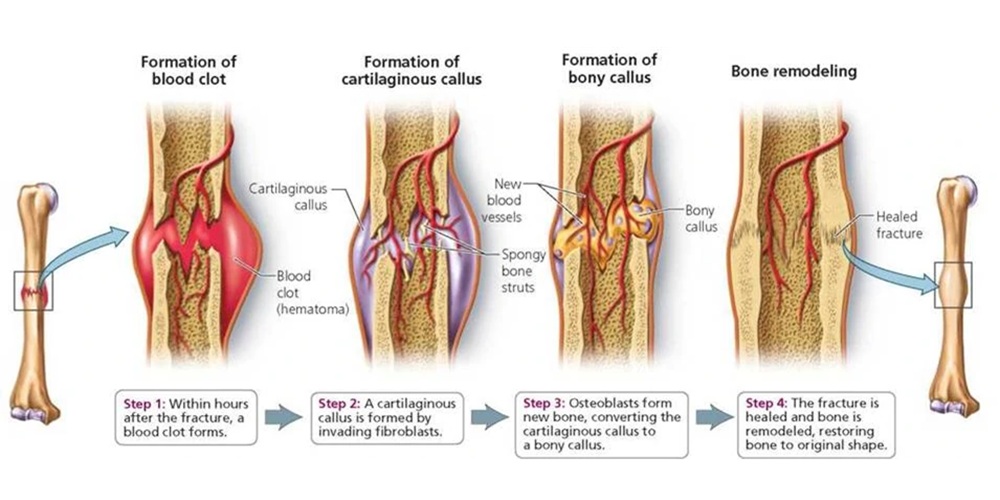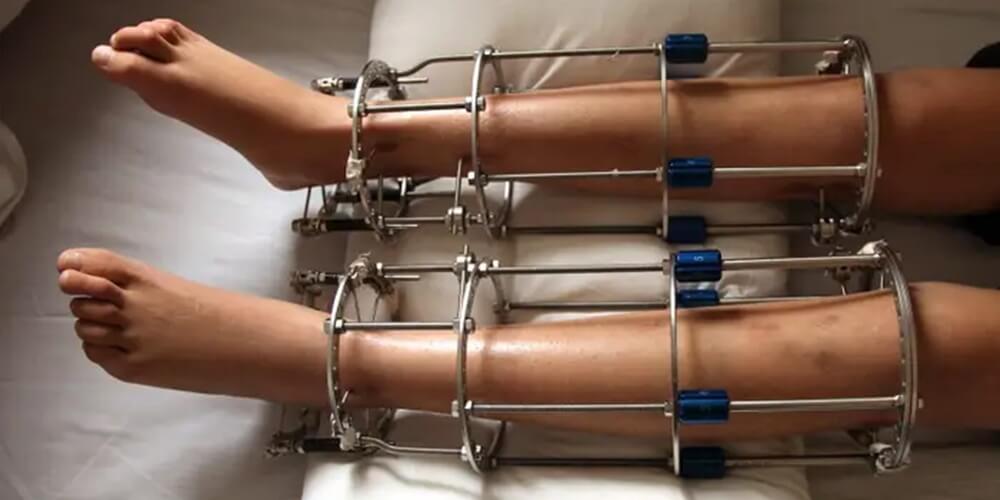Anasayfa » L'allongement des bras

Limb lengthening surgery is a surgical procedure often chosen for aesthetic or medical reasons. As with any surgical procedure, there are certain risks and possible complications associated with limb lengthening surgery. In this article, we will discuss the risks, complications, and professional details that patients should be aware of before undergoing the surgery.
Many individuals considering this surgery often ask, “L'allongement des membres est une intervention chirurgicale souvent choisie pour des raisons esthétiques ou médicales. Comme toute intervention chirurgicale, elle comporte certains risques et complications possibles. Dans cet article, nous aborderons les risques, les complications et les informations professionnelles que les patients doivent connaître avant de subir l'intervention. In this article, we will answer these important questions in a professional context.
Limb lengthening surgery is a serious procedure, and like any surgical intervention, it carries various risks. However, most of these risks can be managed effectively with early diagnosis and appropriate treatment methods. Below are the risks associated with the surgery and their solutions:
Infection
Bone Nonunion (Nonunion)
Nerve and Vessel Damage
Psychological Stress

There may be complications after chirurgie d'allongement des membres, but most of these can be managed effectively with early diagnosis and appropriate treatment methods. Below are the most common complications and their solutions:
To successfully manage the risks of limb lengthening surgery, the following steps must be followed:
Limb lengthening surgery, when performed by an experienced team, carries a very low risk of permanent disability. At our Centre LLS, we prioritize the safety and health of our patients by carefully managing every step of the process.

With careful surgical application and regular follow-ups, the risk of permanent disability after chirurgie d'allongement des membres is very low. At our LLS center, we continue to offer safe, comfortable, and successful treatment to our patients. If you have any questions about the surgery, feel free to contact us.

The cost of chirurgie d'allongement des membres can vary depending on the country, the clinic, and the complexity of the procedure. It’s essential to consider both the surgery cost and the post-surgery rehabilitation when evaluating the total expense. However, many patients find the benefits of the procedure far outweigh the costs.
Patients often ask about the transformation they can expect before and after chirurgie d'allongement des membres. While results vary, most patients experience an increase in their height along with improved confidence and self-esteem. The before and after process involves a detailed recovery plan, with close monitoring and support from the medical team.
| Price Package | Country | Average Cost (USD) | Included Services | Additional Costs |
|---|---|---|---|---|
| Basic Package | Turkey | 15,000 | Surgery, Basic Post-Surgery Care, 1 Month Physical Therapy, Initial Check-ups | Medications, Extra Physical Therapy |
| Standard Package | Germany | 50,000 | Surgery, Post-Surgery Care, 2 Months Physical Therapy, Advanced Monitoring | Medications, Extra Monitoring |
| Premium Package | États-Unis | 75,000 | Full Surgical Services, 3 Months Physical Therapy, Psychological Support, Comprehensive Monitoring | Medications, Extra Needs |
| Affordable Package | India | 12,000 | Surgery, Standard Post-Surgery Care, 1 Month Physical Therapy | Medications, Extra Physical Therapy |
| Exclusive Package | South Korea | 40,000 | Surgery, Comprehensive Care, 2 Months Physical Therapy, Nutrition and PRP Treatment | Medications, Extra Therapy Sessions |
Before undergoing chirurgie d'allongement des membres, it’s essential to prepare both mentally and physically. At the LLS center, we provide comprehensive consultation, surgery planning, and personalized care to ensure your safety and satisfaction throughout the process. Our experienced surgeons and healthcare professionals are here to guide you every step of the way. Our doctors are ready to make a treatment plan tailored to your needs within 24 hours.
WhatsApp: 📱💬 +90 542 550 36 29
LINE: 🗨️🟢 Line Life Chat
Email: 📧 info@llscenter.com
Phone: 📞 +90 (0542) 550 36 59
Notre objectif est d’améliorer la qualité de vie des patients en gérant le processus d’allongement des membres et d’allongement des bottes de manière saine et sécuritaire.
Nos médecins sont prêts à élaborer un plan de traitement adapté à vos besoins dans les 24 heures.

Envoyez-nous un WhatsApp